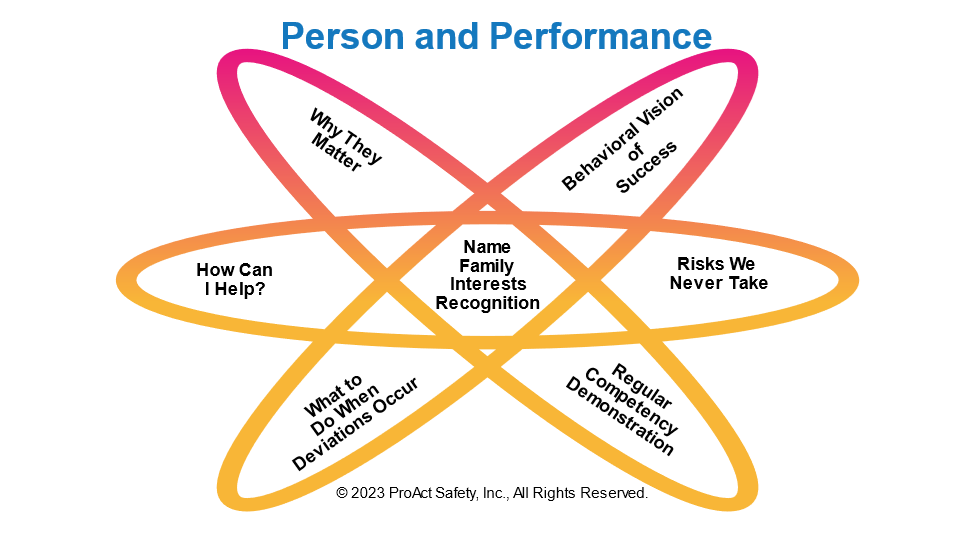BIC - September 2023
By: Shawn M. Galloway
Printable Version
How many first-line supervisors are in your group, location or overall company? Your answer to this question will reveal at least as many subcultures as you have within your organizational culture.
Even small organizational cultures have the potential to have multiple subcultures within them. Some of these subcultures form due to interests and identity, among other factors. All of these groups report to an initial leader of some type. This initial leader is the face of the company and an extension of management and, as such, is held accountable for the group's results. This leader sets the tone, values and priorities, often reinforced through exchanges with the people they lead throughout the work week. As no two leaders are alike, this creates the probability of a unique culture of special individuals. As a result, a subculture is formed. Risks to company performance and culture increase when these individual leaders are not aligned or work incongruently with the business, safety and cultural objectives.
Cultures change or remain the same based on employee interactions with their immediate leader, whether it be a lead, foreman, supervisor or manager. This is the most important intervention point to align performance and culture. To accomplish this necessary alignment, these first-line leaders must know their people, and their people must understand the company's safety performance and cultural expectations.

Challenge your first-line leaders to have conversations to get to know their people and interact with them often, and to influence and coach their performance. Leaders should know details about the people they lead — their name and preferred name, their immediate family or anyone else important to them, what interests them outside of work and how they'd like to be recognized for great performance, whether privately or in public. Employees should know that their leader cares enough to take the time to know more about them as individuals. Then, ensure that conversations occur with each employee to discuss the performance expectations and learn what the supervisor can do to facilitate their success.
Discuss why the individual is important to the leader and their objectives. The leader must set a vision of what success looks like in behavioral terms. What would that leader need to see or hear that would fill them with confidence that the employee is prepared for success, and confident in their ability to achieve it? Employees must be aware of the specific risks they should never take on their tasks or jobs. The supervisor must regularly monitor work performance to ascertain competency with the work to be performed and what to do when work does not go according to plan. Finally, leaders must help employees by inquiring, "How can I help? What roadblocks to your success can I help remove? How can I help you perform to the best of your ability?"
For this to work and effectively minimize the misalignment of subcultures, thereby providing the capacity for sustainable performance, every leadership level should have these same conversations before making it down to the first-line supervisor level. While employee interaction with immediate supervisors is a critical intervention point, it wouldn't need to be if all levels of leadership took the time to know their people and intentionally worked to align and coach with a view toward individual and group performance.

Shawn Galloway, CEO of ProAct Safety, is an expert in safety excellence. With almost thirty years of experience, he is a highly sought-after advisor, keynote speaker, and expert witness. Shawn has become a trusted partner to leading organizations across various industries worldwide. He ranks in the top 1% of the most prolific writers in his field, having authored over 500 articles and several bestselling books. He also launched the world's first safety podcast, Safety Culture Excellence©. As a recognized authority in safety, Shawn has received awards such as being named among the Top 50 People Who Most Influence EHS and a Top 10 Speaker, among others.
He is a regular guest on Bloomberg, Fox News, The Daily Mail, Dubai One, U.S. News & World Report, Sirius Business Radio, Wharton Business Daily, and leading safety magazines and podcasts. Shawn also serves as a member of the Harvard Business Review Advisory Council, Forbes Business Council, and Fast Company Executive Board, enabling his influence to shape safety thinking and strategy at the executive level.
